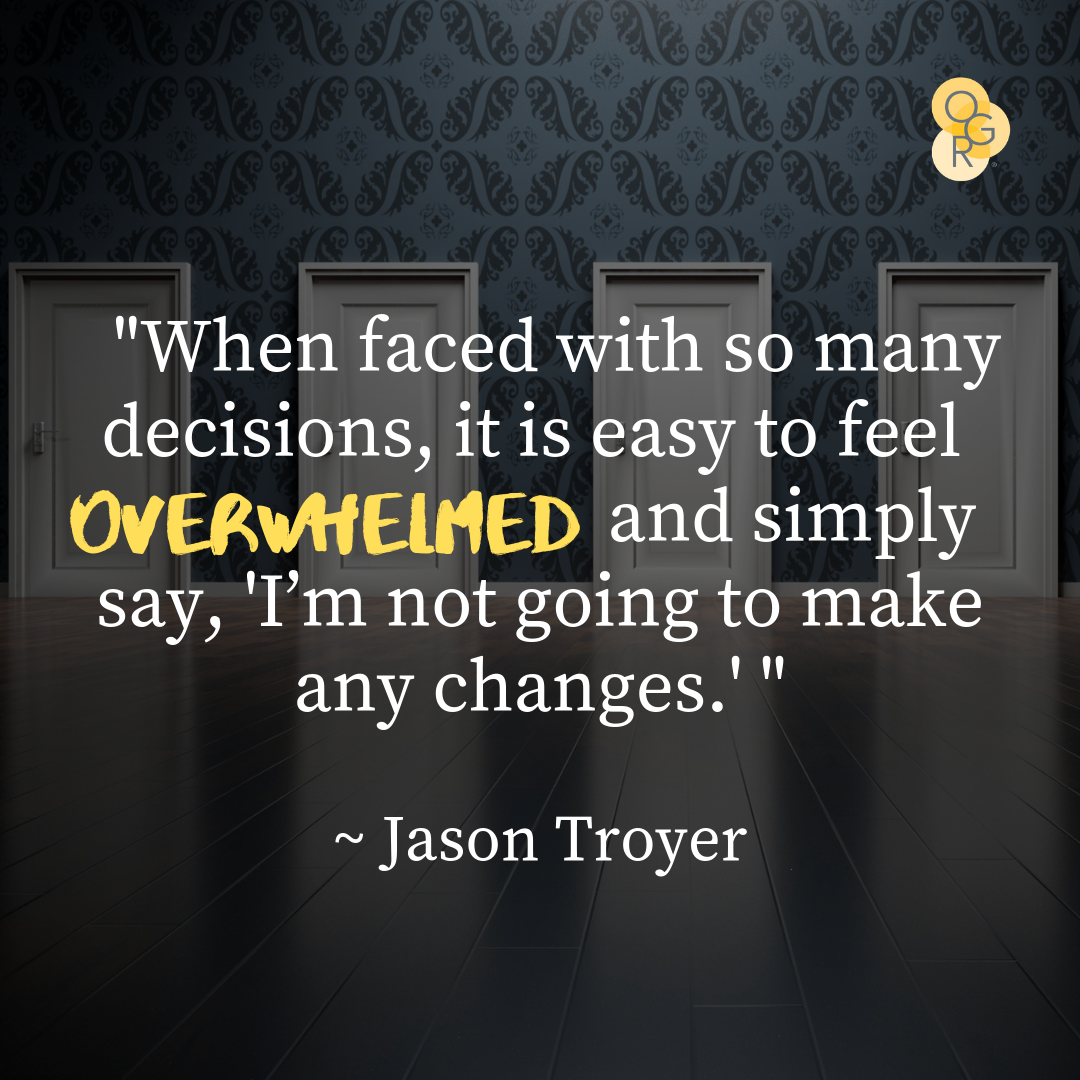Every funeral director has stories of when things went wrong. Really wrong. A visitation that turned into a fist fight. An employee or colleague who quit with no advance notice. Delivery of the wrong casket or no casket at all. Officiants who use the wrong name. The list of things to worry about is long and varied.

But there are many situations when funeral home owners are being unnecessarily controlled by their fears, and worse, having those fears add to their feelings of burnout. While fear can help us avoid foolish and impulsive actions, it can also hold us back from making key adjustments to the changing funeral service market.
Over the long haul, change is necessary. About 150 years ago, a cabinet-maker decided to start crafting coffins. A few years later, the cabinet maker decided to receive training to become an embalmer. After a couple of decades that cabinet and coffin maker decided to purchase a large home and renovate it for a new creation: a “funeral home.” A few decades later, the cabinet maker’s children and grandchildren decided to buy a new piece of land and build a specially designed building just for funeral service: a mortuary. Each of these changes required taking risks, but those who didn’t adapt were left in the dust.
There are countless smaller decisions funeral home owners and managers have to make:

- “Do I change the work schedule?”
- “Should I hire a new funeral director?”
- “Should I take on an apprentice?”
- “Should I switch merchandise providers?”
When faced with so many decisions, it is easy to feel overwhelmed and simply say, “I’m not going to make any changes.” That feels safe. After all, if your business is doing ‘well enough,’ then isn’t it safer to not rock the boat? I can understand this desire to avoid change. But if everyone felt that way, no cabinet makers would have created the first funeral homes, and no one would have started to learn and teach about embalming, and no one would have created a funeral home website or other advancements.

Suffering from the paralysis of fear isn’t a valid business plan. In next week’s post, we will examine how we differentiate the foolish from the wise changes.

